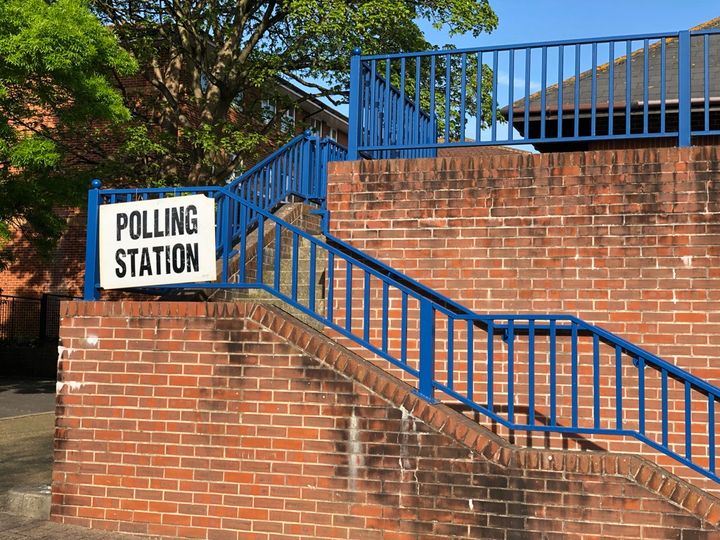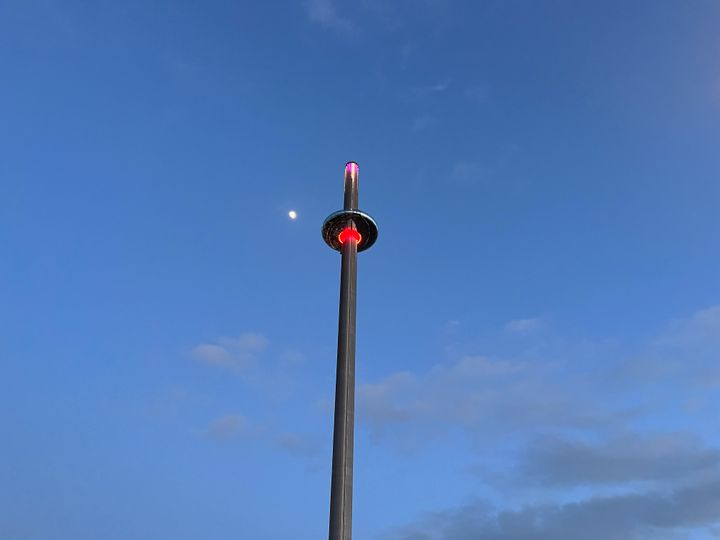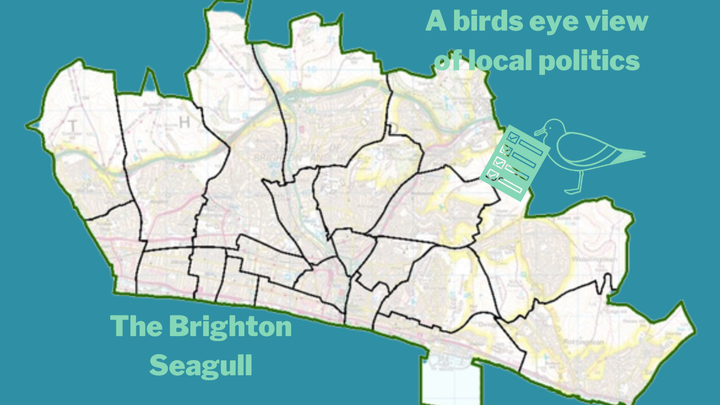Explainer: What is a Liveable Neighbourhood?
There's been a lot of discussion in the city recently about liveable neighbourhoods. But what exactly are they?

There's been a lot of discussion in the city recently about liveable neighbourhoods. But what exactly are they?
What are they? A liveable neighbourhood, or a low traffic neighbourhood, is a scheme designed to reduce the amount of vehicles in an area and to make roads more available for the community to use.
Who makes them? Councillors work in collaboration with people who live in the area to work out what their needs are. One good example of this is the Hanover & Tarner Liveable Neighbourhood Project, where rat-running (vehicles using side roads to get to another destination) is a big problem, and this is something trying to be reduced through a liveable neighbourhood.
What are the benefits of liveable neighbourhoods? As well as cutting down on rat-running, they make it easier and safer for people to travel through the area on foot, by wheeling, cycling or on public transport. This is done by installing ‘filters’ such as bollards, planters or camera technology and in some cases, changing traffic flows and introducing bus gates.
Sounds promising! Liveable Neighbourhood schemes provide the opportunity to create new green spaces, and have been shown to increase physical activity, benefit local businesses through increased footfall and higher spending. Many have been found to reduce local crime, improve air quality, increase social interactions between neighbours and strengthen communities.
So does this mean people who live in the area can't use their cars? Not at all! Low traffic neighbourhoods still allow people to access their homes and businesses, as well as emergency services and council services like waste collection and public transport. It will, however, likely change the routes people take: the aim is to reduce through-traffic, not remove all traffic.
How is a low traffic neighbourhood made? Several factors are taken into consideration, including:
- poor air quality
- high deprivation
- poor access to green space
- high traffic volumes, particularly percentage of through traffic
- number of schools
- low public transport accessibility
It is then trialled and tweaked where needed, in collaboration with community feedback.
So what 'filters' make up a low traffic neighbourhood? The following:
- Modal filters: a bollard or planter that stops motor vehicles accessing a particular street.
- Pocket parks: two sets of filters, spaced slightly apart to create a new area that cannot be accessed by motor traffic.Bicycles, wheelchairs and scooters can pass through these areas.
- Diagonal filters: bollards or planters placed diagonally through a cross-roads. These minimise the need for reversing, and they make it easier for bin and recycling collection or other large vehicles to manoeuvre.
- Bus gates: a modal filter which buses and emergency vehicles can travel through. This is usually camera-operated.
- Banned turns: this stops motorised vehicles turning certain ways in residential areas which slows the flow of traffic.
- One-way streets: streets that only allow traffic in one direction. These can be effective in combination with banned turns.




Comments ()